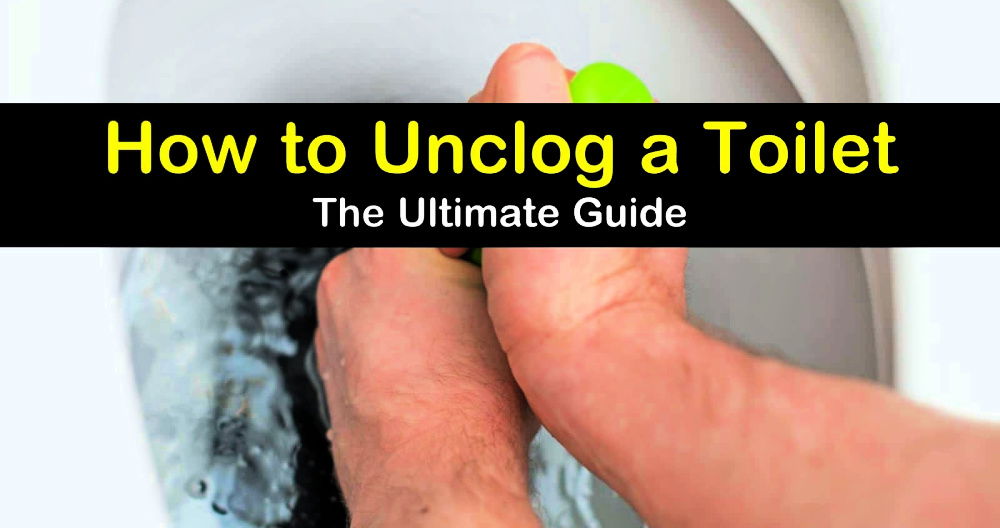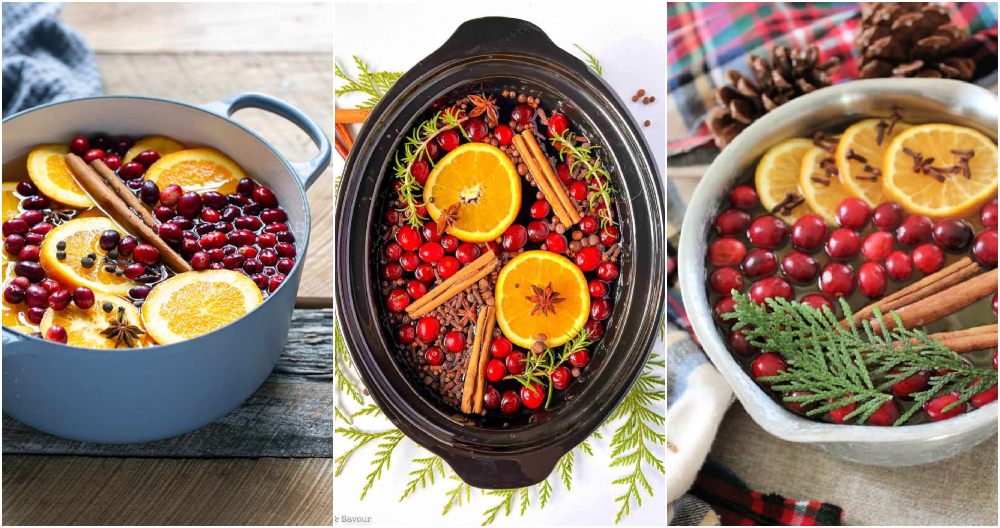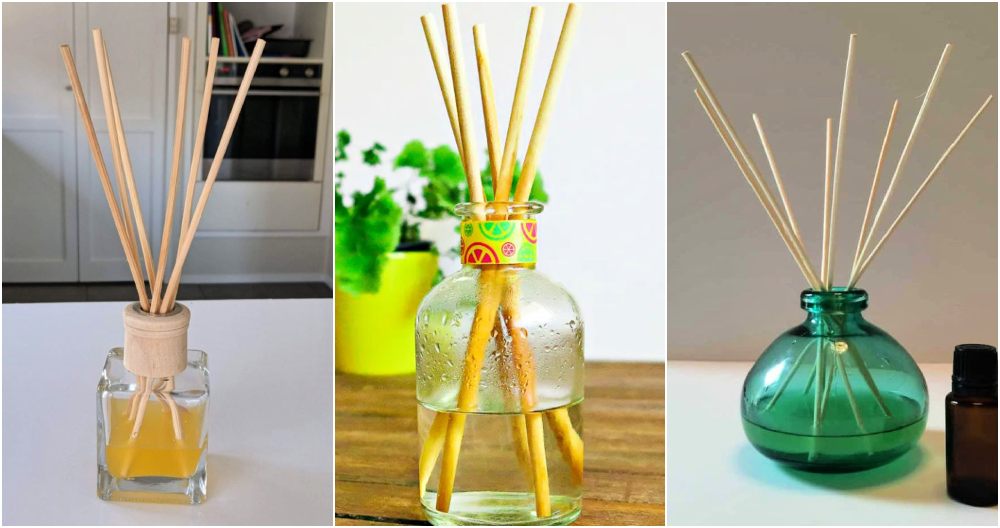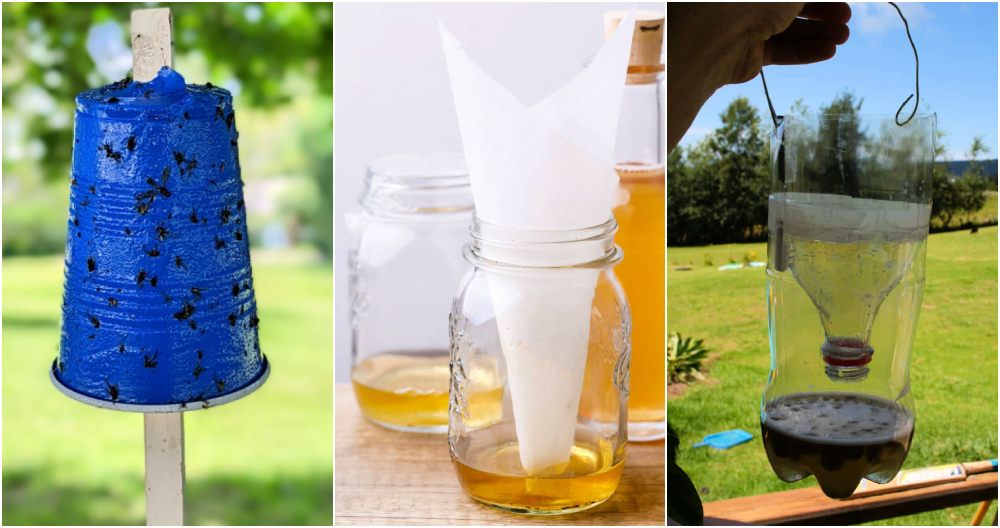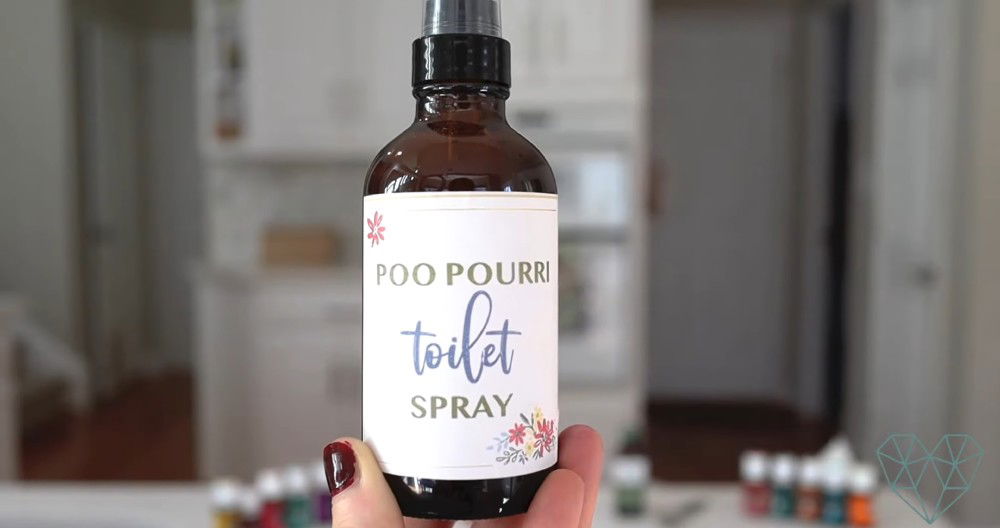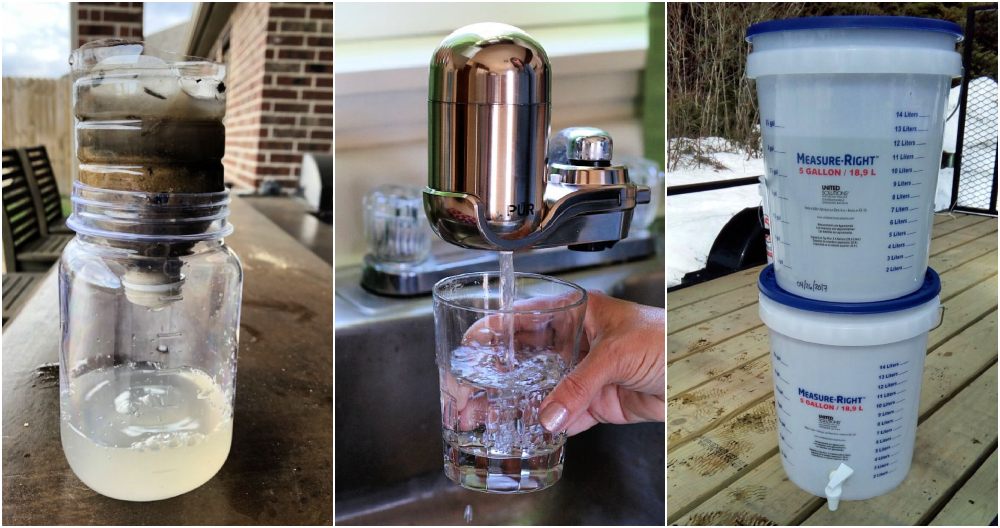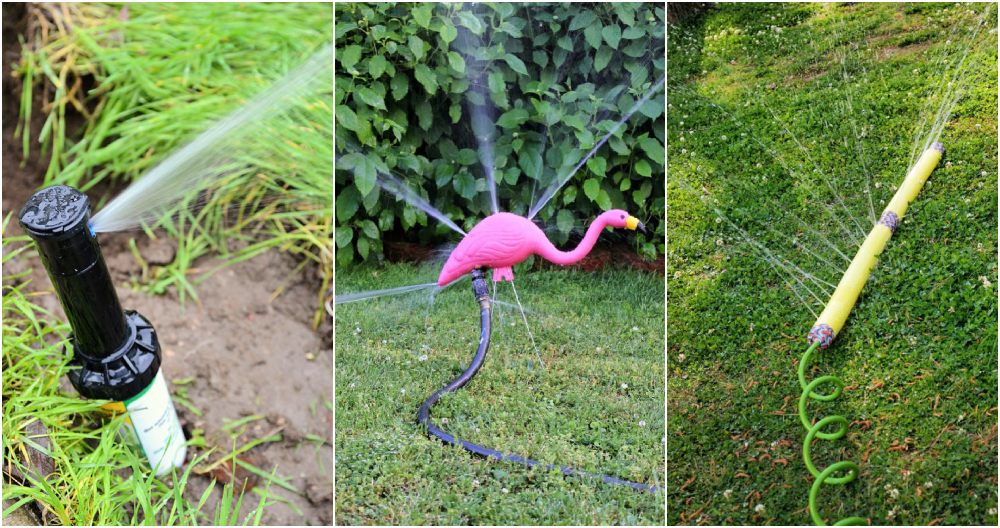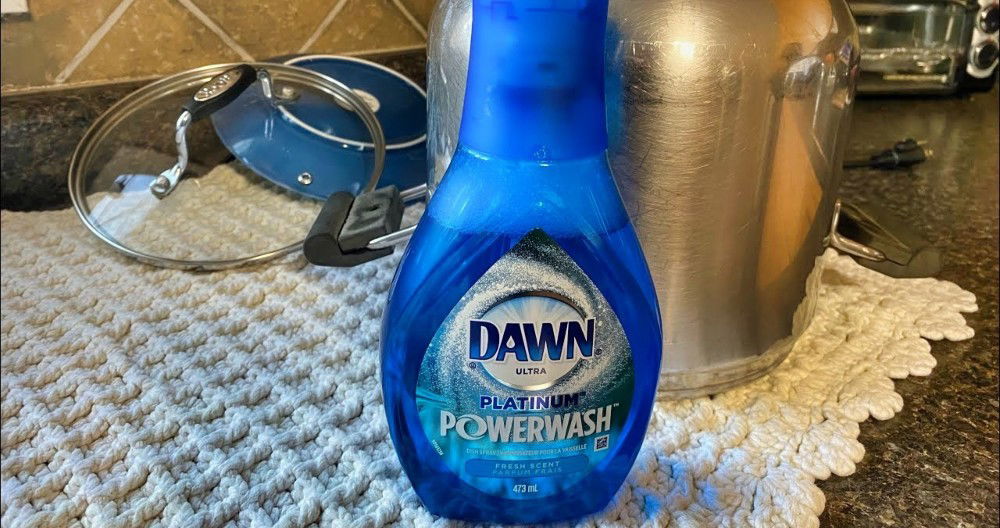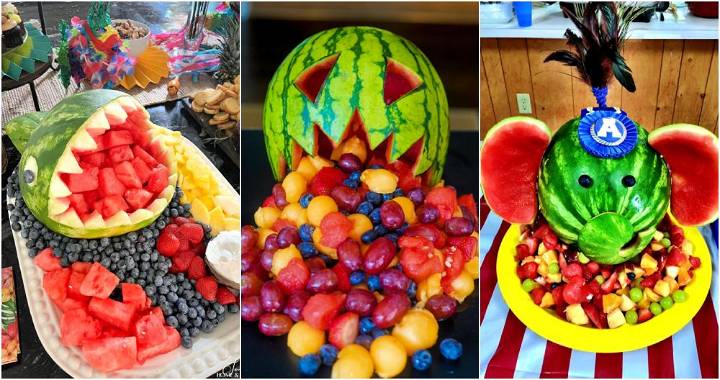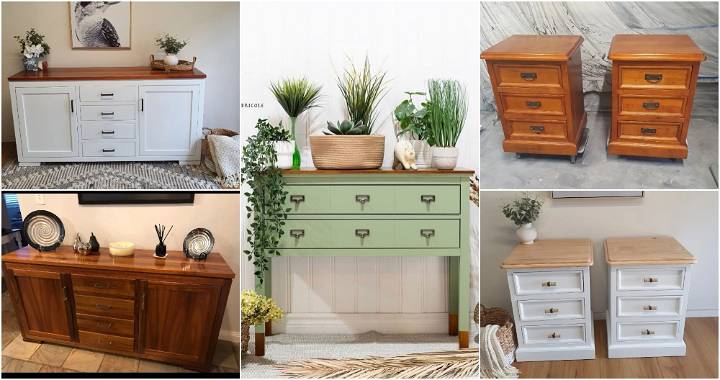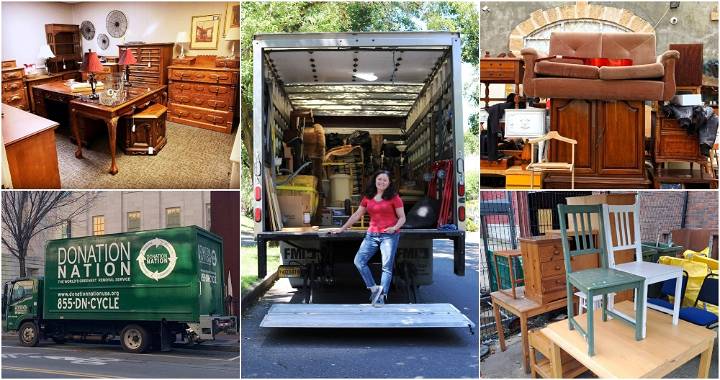Making your own homemade DIY toilet bowl cleaner is not just a great way to save money, but it also allows you to control what goes into your cleaning products. This guide is designed to show you exactly how to make your own cleaner using simple, non-toxic ingredients.
From common household items like baking soda and vinegar to the antiseptic properties of essential oils, we've got you covered. Opting for a DIY approach means making a product that's both effective and gentle on the environment. Plus, the process is easy to follow, making it accessible to everyone, regardless of their DIY experience.
By the end of this introduction, you'll be eager to gather the ingredients and follow the step-by-step instructions laid out in the next sections to make a safer, cleaner home.
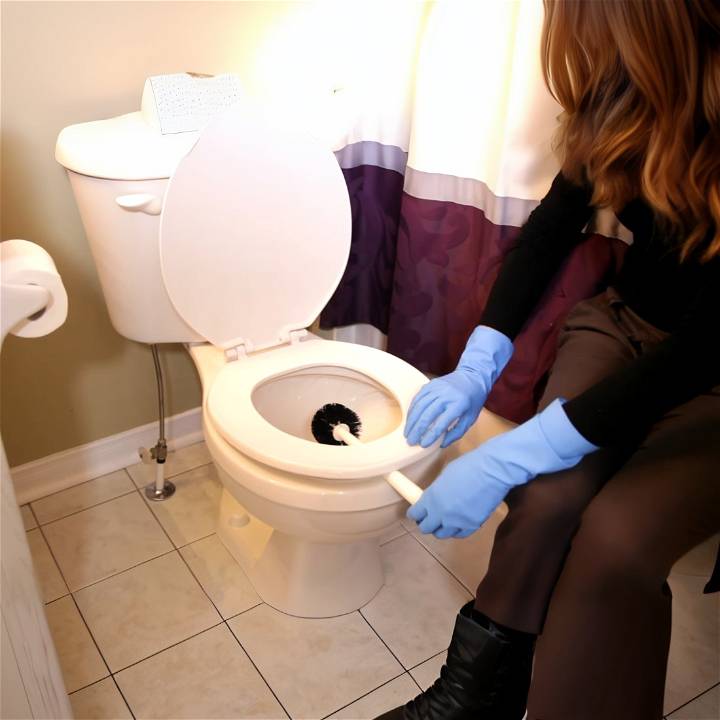
Introduction to DIY Toilet Bowl Cleaner
In today's world, where cleanliness is a priority, maintaining a hygienic and sparkling toilet is essential. However, commercial toilet cleaners often contain harsh chemicals that can be harmful to the environment and your health. This is where DIY (Do-It-Yourself) toilet bowl cleaners come into play.
A DIY toilet bowl cleaner is a homemade solution for cleaning your toilet. It's made from simple, everyday ingredients that are safe for you and the environment. The beauty of a DIY cleaner is that it allows you to control what goes into your cleaning solution, eliminating the risk of exposure to harmful chemicals.
Why Choose DIY?
There are several reasons why a DIY toilet bowl cleaner is a great choice:
- Safety: DIY cleaners are typically made from natural ingredients, making them safer for your family and pets.
- Cost-effective: Homemade cleaners can be made from inexpensive ingredients you likely already have at home.
- Environmentally friendly: By making your own cleaner, you're reducing the amount of plastic waste from commercial cleaners.
- Customizable: You can adjust the ingredients to suit your preferences and needs.
In the next sections, we'll explore what you need and how to make your own toilet cleaner. Let's begin!
Ingredients and Their Benefits
When making a DIY toilet bowl cleaner, it's important to understand the ingredients you're using and why they're beneficial. Here are some common ingredients used in homemade cleaners and their benefits:
Baking Soda
Baking soda, or sodium bicarbonate, is a staple in many DIY cleaning solutions. It's a mild alkali that can dissolve dirt and grease in water, making it an effective cleaning agent. Additionally, baking soda is a natural deodorizer, which helps eliminate unpleasant odors.
Vinegar
Vinegar is another common ingredient in DIY cleaners. Thanks to its acidity, vinegar is great for removing hard water stains and mineral deposits. It also has natural disinfecting properties, making it a good choice for a toilet bowl cleaner.
Essential Oils
Essential oils are often added to DIY cleaners for their pleasant scents. But they offer more than just a nice fragrance. Many essential oils, like tea tree and eucalyptus, have antimicrobial properties, which can help kill bacteria in your toilet bowl.
Castile Soap
Castile soap is a vegetable-based soap that's free of synthetic ingredients and animal fats, making it an eco-friendly choice for your DIY cleaner. It's a gentle yet effective cleaning agent that can help remove grime and dirt.
Hydrogen Peroxide
Hydrogen peroxide is a powerful disinfectant that can kill bacteria, viruses, and other pathogens, making it a useful addition to your DIY toilet bowl cleaner.
The aim of a DIY cleaner is to clean well and minimize exposure to harmful chemicals. Understand the benefits of each ingredient to make a safe, effective toilet bowl cleaner tailored to your needs. Next, learn how to combine these ingredients for your DIY cleaner.
What You'll Need
- ½ cup of baking soda
- ½ cup of water
- ¼ cup of castile soap
- ¼ cup of hydrogen peroxide
- 15 drops of tea tree essential oil
- A pumice stone (optional, for stubborn stains)
- A squirt bottle
Step by Step Instructions
Learn how to make your own toilet bowl cleaner at home with simple ingredients below:
Step 1: Make the Mixture
Start by adding * ½ cup of baking soda into your squirt bottle. Baking soda is a great base for your cleaner because it deodorizes and gently scours surfaces without scratching.
Next, add * ½ cup of water, ¼ cup of castile soap, ¼ cup of hydrogen peroxide, and 15 drops of tea tree essential oil into the bottle. Castile soap serves as the cleaning agent, hydrogen peroxide disinfects, and tea tree oil adds a fresh scent while also providing antibacterial properties.
Secure the cap on your squirt bottle and shake well to combine all the ingredients.
Step 2: Apply the Cleaner
Spray the mixture generously under the rim and over the surface of your toilet bowl. Aim to coat the entire bowl for the most effective clean.
Step 3: Let It Sit
Allow the cleaner to sit for about 5 to 10 minutes. This waiting period gives the ingredients time to work their magic on the dirt and germs.
Step 4: Scrub
Using a toilet brush, scrub the bowl as you normally would. Make sure to reach under the rim and around the bowl to ensure a thorough clean.
Step 5: Flush
Flush the toilet once you're done scrubbing. This will rinse away the cleaner and any loosened grime, leaving you with a sparkling-clean toilet.
For Stubborn Stains
If you encounter tough toilet rings that won't budge with the cleaner alone, use a wet pumice stone to gently scrub the affected areas. Be cautious and use light pressure to avoid scratching the porcelain.
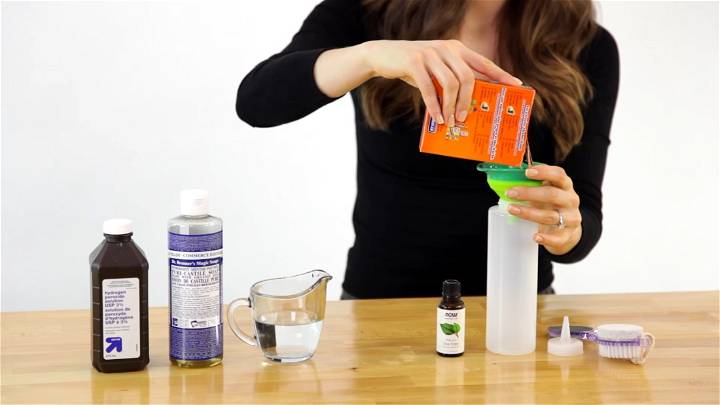
Video Tutorial
For a step-by-step video tutorial on how to make and use this toilet bowl cleaner, check out Clean My Space's video here.
It pairs well with this written guide, bridging any gap between reading and doing by showing the cleaning process in action in an engaging and straightforward manner.
Making your own toilet bowl cleaner is not just a simple DIY project; it's a step towards a more sustainable and chemical-free home. Give it a try and enjoy the clean, fresh result!
Safety Precautions
While DIY toilet bowl cleaners are generally safer than commercial cleaners, it's still important to handle the ingredients and the cleaner itself with care. Here are some safety precautions to keep in mind:
Handling Ingredients
Baking soda and vinegar are safe to handle, but they can cause minor skin irritation in some people. It's a good idea to wear gloves when handling these ingredients, especially if you have sensitive skin.
Essential oils are highly concentrated and can cause skin irritation or allergic reactions in some people. Always dilute essential oils before use and avoid contact with your eyes.
Hydrogen peroxide can cause skin and eye irritation. It can also bleach fabrics, so be careful not to spill it on your clothes.
Making the Cleaner
When making your DIY toilet bowl cleaner, do it in a well-ventilated area. Some ingredients, like vinegar, have a strong smell that can be overwhelming in enclosed spaces.
Using the Cleaner
Before using your DIY cleaner, do a spot test on a hidden area of the toilet to make sure it doesn't cause discoloration. Also, never mix your DIY cleaner with commercial cleaners or other DIY cleaners. Some ingredients can react with each other and produce harmful gases.
Storing the Cleaner
Store your DIY toilet bowl cleaner out of reach of children and pets. Even though the ingredients are safer than those in commercial cleaners, they can still be harmful if ingested or if they come into contact with the eyes.
Safety is paramount when making and using your DIY toilet bowl cleaner. By following these precautions, you can ensure a safe and effective cleaning experience. In the next section, we'll discuss how to make your DIY toilet bowl cleaner.
Cost Comparison: DIY vs. Commercial Cleaners
When considering the switch to a DIY toilet bowl cleaner, one of the most compelling arguments is the potential for cost savings. Let's break down the costs associated with both DIY and commercial cleaners.
Cost of DIY Toilet Bowl Cleaner
The cost of a DIY cleaner primarily depends on the ingredients used. Here's a rough estimate:
- Baking Soda: A box of baking soda can cost around $1 and can be used for multiple batches of cleaner.
- Vinegar: A gallon of vinegar typically costs around $3. Like baking soda, it can be used for multiple batches.
- Essential Oils: These can be more expensive upfront (around $5-$10 per bottle), but only a few drops are used per batch.
- Castile Soap: A bottle can cost around $10-$15, but like essential oils, only a small amount is used per batch.
Given these prices, a batch of DIY toilet bowl cleaner can cost less than a dollar.
Cost of Commercial Cleaners
Commercial toilet bowl cleaners can range in price from $3 to $10 per bottle, depending on the brand and where you purchase it. While this might not seem like a lot, it can add up over time, especially if you clean your toilet frequently.
The Bottom Line
The DIY cleaner costs more upfront but is cheaper per-use than commercial cleaners. It also reduces exposure to chemicals and is more environmentally friendly. Next, we compare the environmental impact of DIY versus commercial cleaners.
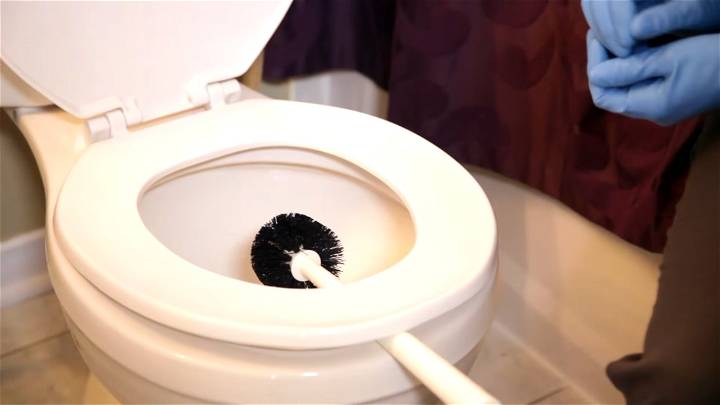
Environmental Impact of DIY vs. Commercial Cleaners
In the current era, where environmental consciousness is becoming increasingly important, it's essential to consider the environmental impact of our choices. Let's compare the environmental footprint of DIY and commercial toilet bowl cleaners.
Environmental Impact of DIY Cleaners
DIY cleaners, made from natural ingredients, have a significantly lower environmental impact compared to commercial cleaners:
- Reduced Chemical Pollution: Since DIY cleaners are made from natural ingredients, they reduce the amount of harmful chemicals that end up in our water systems.
- Less Plastic Waste: DIY cleaners can be made and stored in reusable containers, reducing the amount of plastic waste generated.
- Lower Carbon Footprint: Commercial cleaners are often produced in factories and transported over long distances, leading to a high carbon footprint. In contrast, DIY cleaners can be made at home, reducing transportation and production emissions.
Environmental Impact of Commercial Cleaners
Commercial cleaners, on the other hand, have a higher environmental impact:
- Chemical Pollution: Commercial cleaners often contain harsh chemicals that can contaminate water systems when washed down the drain.
- Plastic Waste: Commercial cleaners are typically packaged in single-use plastic bottles, contributing to plastic waste.
- High Carbon Footprint: The production, packaging, and transportation of commercial cleaners contribute to greenhouse gas emissions.
Switching to a DIY toilet cleaner is better for your health, wallet, and the environment. Make this change to help preserve the planet.
Troubleshooting Guide
Even with the best instructions, you might encounter some issues when making or using your DIY toilet bowl cleaner. Here's a troubleshooting guide to help you navigate through common problems:
Problem: The Cleaner Isn't Effective
Solution: If you find that your DIY cleaner isn't as effective as you'd like, try adjusting the quantities of the ingredients. For instance, you might want to add more baking soda for its abrasive cleaning properties or more vinegar for its disinfecting properties.
Problem: The Cleaner Has a Strong Vinegar Smell
Solution: The smell of vinegar can be quite strong, but it usually dissipates after a while. If you find the smell too overpowering, try adding more essential oils to mask the vinegar smell. Lemon, lavender, and peppermint are all good choices.
Problem: The Cleaner Is Too Thick or Too Thin
Solution: The consistency of your cleaner will depend on the ratio of solid to liquid ingredients. If your cleaner is too thick, try adding more vinegar. If it's too thin, add more baking soda.
Problem: The Cleaner Is Causing Skin Irritation
Solution: Some people might be sensitive to certain ingredients, like baking soda or essential oils. If you notice any skin irritation, try reducing the quantity of the ingredient causing the issue, or consider wearing gloves when using the cleaner.
DIY projects may require trial and error, but don't get discouraged. With patience and adjustments, you can make the perfect DIY toilet bowl cleaner. Next, we'll answer common questions about DIY toilet bowl cleaners.
FAQs About DIY Toilet Bowl Cleaner
When it comes to DIY toilet bowl cleaners, it's natural to have questions. Here are some common queries and their answers:
Q1: How Long Does DIY Toilet Bowl Cleaner Last?
A1: The shelf life of a DIY toilet bowl cleaner can vary depending on the ingredients used. Generally, a homemade cleaner made with vinegar and baking soda can last for about a month when stored in a cool, dry place. However, it's always a good idea to make small batches and use them up quickly.
Q2: Can I Use a Different Essential Oil?
A2: Absolutely! Essential oils add a pleasant scent to your DIY cleaner, and you can customize this based on your preference. Some popular choices include lemon, lavender, and peppermint. Just remember to always dilute essential oils before use.
Q3: Is DIY Toilet Bowl Cleaner Safe for Septic Systems?
A3: Yes, DIY toilet bowl cleaners are typically safe for septic systems. Ingredients like baking soda and vinegar are biodegradable and won't disrupt the bacterial balance in your septic tank.
Q4: The Cleaner Is Causing Skin Irritation. What Should I Do?
A4: Some people might be sensitive to certain ingredients, like baking soda or essential oils. If you notice any skin irritation, try reducing the quantity of the ingredient causing the issue, or consider wearing gloves when using the cleaner.
Q5: Can I Use DIY Toilet Bowl Cleaner on Other Bathroom Surfaces?
A5: Yes, you can use your DIY toilet bowl cleaner on other bathroom surfaces like sinks and bathtubs. However, always do a spot test first to ensure it doesn't cause discoloration.
Q6: How Often Should I Use a DIY Toilet Bowl Cleaner?
A6: This can depend on how frequently your toilet is used, but a good rule of thumb is to clean your toilet once a week with your DIY cleaner.
Q7: Can I Mix DIY Toilet Bowl Cleaner with Commercial Cleaners?
A7: No, you should never mix DIY cleaners with commercial cleaners. Mixing different cleaners can cause harmful chemical reactions.
Q8: Can I Add Bleach to My DIY Toilet Bowl Cleaner?
A8: It's not recommended to add bleach to your DIY cleaner. Bleach can react with other ingredients like vinegar and make toxic fumes.
Q9: Does DIY Toilet Bowl Cleaner Kill Germs?
A9: Yes, if your DIY cleaner contains disinfecting ingredients like vinegar or hydrogen peroxide, it can kill germs. However, it may not be as effective as commercial cleaners that contain stronger disinfectants.
Q10: Can DIY Toilet Bowl Cleaner Remove Hard Water Stains?
A10: Yes, DIY cleaners can remove hard water stains. Ingredients like vinegar are particularly effective at dissolving mineral deposits left by hard water.
Conclusion:
In conclusion, mastering homemade DIY toilet bowl cleaner techniques is not only a simple task but also an environmentally friendly and cost-effective approach to maintaining a clean and fresh bathroom. By using ingredients like baking soda, vinegar, essential oils, castile soap, and hydrogen peroxide, you can make a powerful cleaning solution that rivals commercial cleaners in effectiveness.
This guide has walked you through every step of the process, from gathering your ingredients to applying and using your homemade cleaner safely. With the added benefits of customizable scents and the avoidance of harsh chemicals, making your DIY toilet bowl cleaner proves to be a smart choice for your home and the planet. Remember, a clean home starts with eco-friendly choices, and this cleaner is a great step in that direction.


